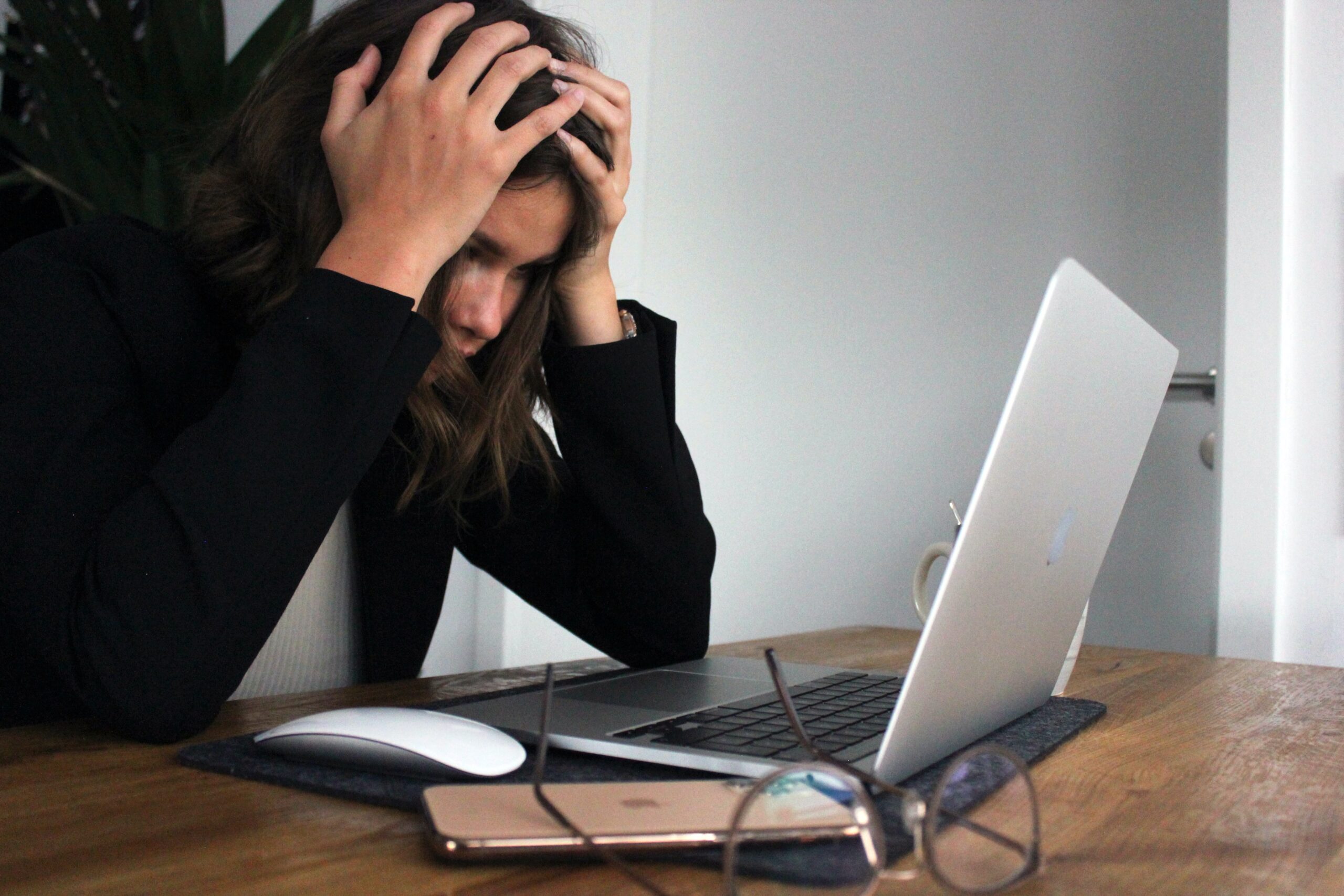World Mental Health Day: 4 expert tips to help ease cost of living worries

As the UK’s inflation rate reaches a 40-year high at 10.1%, ONS survey data has revealed that 77% of Britons are worried about the rising costs of living, with more than 2 in 5 adults over 50 suffering from insomnia due to money concerns.
To help alleviate Brits’ worries this World Mental Health Day (Oct. 10th), Claims.co.uk turned to Danny Greeves, life coach at The Trauma Expert, who has provided four tips on looking after our mental health as the cost of living crunch bites.
The experts at Claims.co.uk were also curious to know which UK cities are MOST worried about the cost of living. To find out, Ads.google.com was used to collect the average yearly search volumes for related phrases (“cost of living help”, “cost of living support” etc.) across the UK to determine which cities are the most worried about rising costs.
We kindly ask that if this release is of use to you, please provide a linked credit to the company that conducted the research: https://www.claims.co.uk
To help look after our mental health amid cost of living crisis, Danny Greeves, life coach and founder of The Trauma Expert, shares his top four tips:
1. Meditate on the evils, but don’t dwell on them
To help the brain feel safe about survival, take an objective look at the most likely outcomes in the near future. After identifying the key challenges, the crucial piece here is to focus on creating solutions and contingency plans. When you feel you are as prepared as you can be, anxiety diminishes. Most people get stuck imagining worst-case scenarios, which increases anxiety, negative internal dialogue and physiological stress.
2. Focus on what you DO have
The cost of living crisis naturally brings our attention to upcoming problems and causes us to focus on what we do not have. When we focus on what we lack, we begin a negative thought spiral which ends up in anxiety and stress. Focusing on what you do have moves the mind towards gratitude which benefits the mind and body.
3. Share your worries and find your own community
When challenging circumstances come along, we tend to think we are the only ones struggling. But it is usually the opposite and there are many other people in the same boat, waiting for someone to break the silence. It is in times of struggle that communities come together and some of the most rewarding relationships are forged, but it all starts with one person sharing their feelings and communicating openly.
4. Nail the fundamentals!
Staying hydrated, exercising, sleeping well and consuming a balanced social media experience (both positive and negative news) are all completely free and fundamental to good mental health. Adding in eating well – even if that involves some creative shopping or changing supermarkets – will help to keep the body functioning smoothly. When these are in place, it is easier to stay mentally well!






